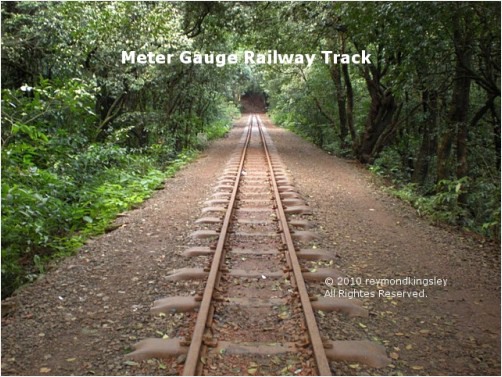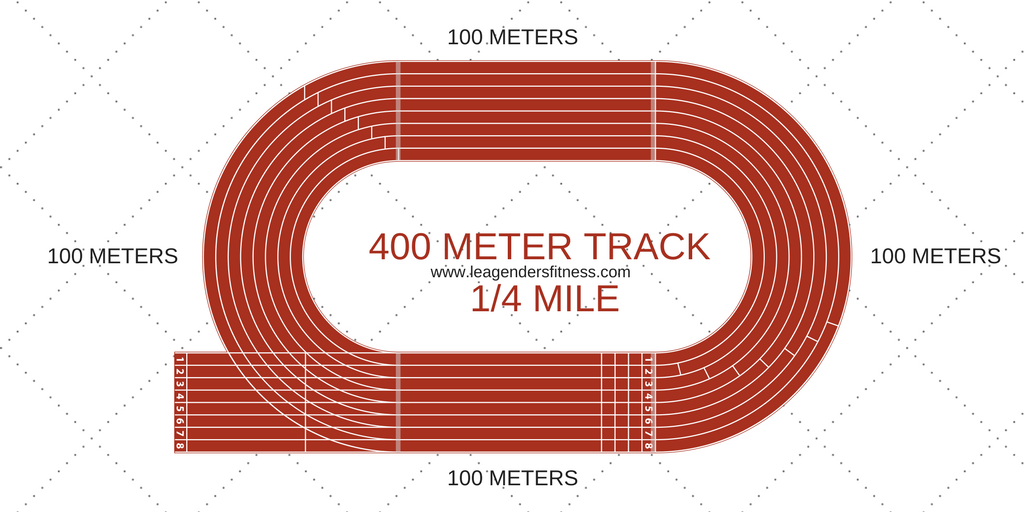
An example script for fetching it can be found in using the Azure-managed identities token.įor SaaS offers, the resourceId is the SaaS subscription ID. ResourceId has different meaning for SaaS app and for Managed app emitting custom meter.įor Azure Application Managed Apps plans, the resourceId is the Managed App resource group Id. "planId": "plan1", // id of the plan purchased for the offer "effectiveStartTime": "T08:30:14", // time in UTC when the usage event occurred, from now and until 24 hours back "dimension": "dim1", // custom dimension identifier "quantity": 5.0, // how many units were consumed for the date and hour specified in effectiveStartTime, must be greater than 0 or a double integer "resourceId":, // unique identifier of the resource against which usage is emitted.
 Managed application in Authentication strategies. SaaS in Get the token with an HTTP POST. The format is "Bearer " when the token value is retrieved by the publisher as explained for If this value isn't provided, one will be generated and provided in the response headers.Ī unique access token that identifies the ISV that is making this API call. This parameter correlates all events from client operation with events on the server side. Unique string value for operation on the client. If this value is not provided, one will be generated and provided in the response headers. Unique string value for tracking the request from the client, preferably a GUID. If you emit a usage event at any time between 8:00 and 8:59:59 (and it is accepted) and send an additional event for the same day between 8:00 and 8:59:59, it will be rejected as a duplicate. Usage events can only be emitted for the past 24 hours. If more than one unit is consumed in an hour, then accumulate all the units consumed in the hour and then emit it in a single event. Only one usage event can be emitted for each hour of a calendar day per resource and dimension. The usage event is emitted separately for each custom dimension of the plan defined by the publisher when publishing the offer. The usage event API should be called by the publisher to emit usage events against an active resource (subscribed) for the plan purchased by the specific customer.
Managed application in Authentication strategies. SaaS in Get the token with an HTTP POST. The format is "Bearer " when the token value is retrieved by the publisher as explained for If this value isn't provided, one will be generated and provided in the response headers.Ī unique access token that identifies the ISV that is making this API call. This parameter correlates all events from client operation with events on the server side. Unique string value for operation on the client. If this value is not provided, one will be generated and provided in the response headers. Unique string value for tracking the request from the client, preferably a GUID. If you emit a usage event at any time between 8:00 and 8:59:59 (and it is accepted) and send an additional event for the same day between 8:00 and 8:59:59, it will be rejected as a duplicate. Usage events can only be emitted for the past 24 hours. If more than one unit is consumed in an hour, then accumulate all the units consumed in the hour and then emit it in a single event. Only one usage event can be emitted for each hour of a calendar day per resource and dimension. The usage event is emitted separately for each custom dimension of the plan defined by the publisher when publishing the offer. The usage event API should be called by the publisher to emit usage events against an active resource (subscribed) for the plan purchased by the specific customer. 

TLS version 1.0 and 1.1 are deprecated and connection attempts will be refused. Make sure you use this TLS version in your code. TLS version 1.2 version is enforced as the minimal version for HTTPS communications. You must keep track of the usage in your code and only send usage events to Microsoft for the usage that is above the base fee.įor more information on creating custom metering dimensions for SaaS, see SaaS metered billing.įor more information on creating custom metering dimensions for an Azure Application offer with a Managed app plan, see Configure your Azure application offer setup details.







 0 kommentar(er)
0 kommentar(er)
